A particle is projected up with initial speed u=10ms−1 from the top of a bitlding at time t=0. At time t=5s the particle strikes the fround. Find the height of the building.
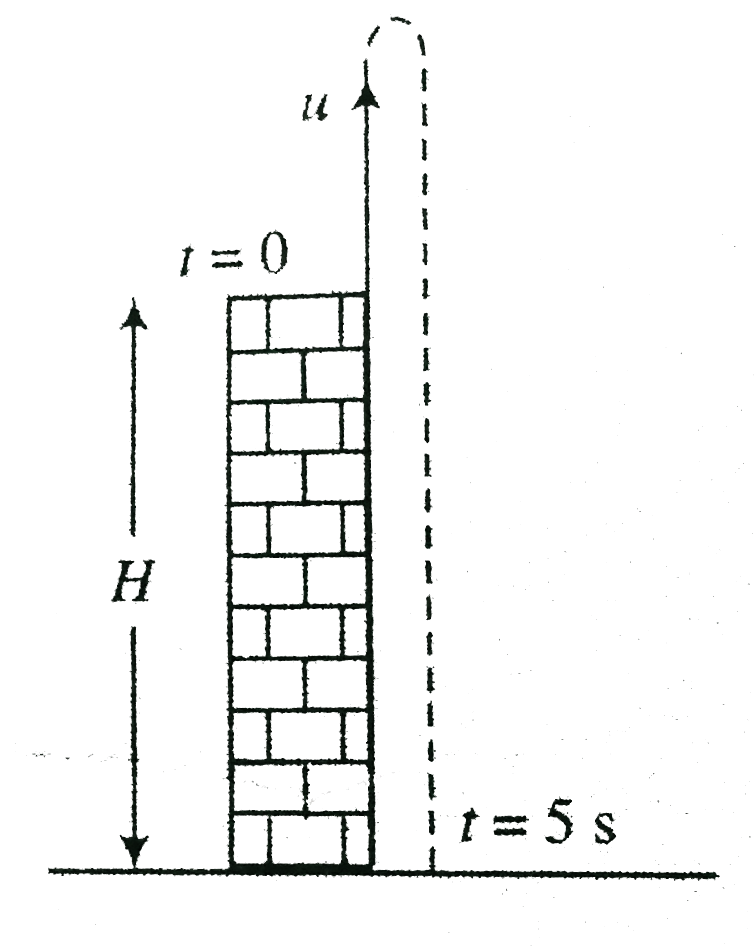 .
.
First the particle moes up and reaches to highest point . Then the particle moves downward direction and finally strikes ground aftre 5s.
At highest point the speed of the particle will be zero. Hence, speed is in upward direction and acceleration is in dounward direction. Hence, the sign of acceleration should be negative.
Using v2=u2+2as
Hence, 0=(10)2−2×10×H1⇒H1=5m
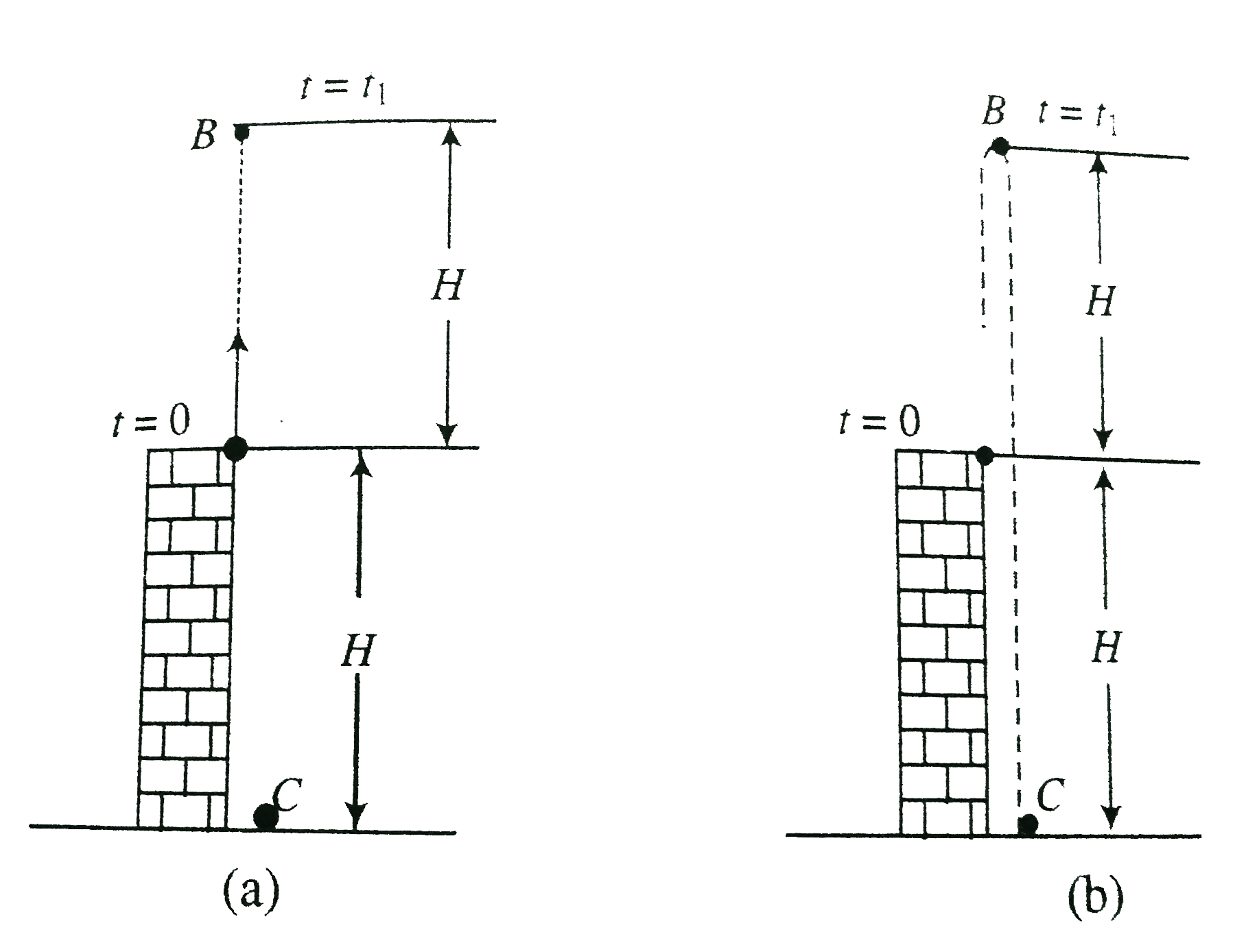
Using v=u+ at from A to B,
0=10−10×t1⇒t1=1s
At higherst starts, the particle will be zero. The particle starts moving towards downward directon. Hene the velocity any acceleration both are in downward direction. Hence, the sing of acceleration should be pownward . The time taken by the particle from B to C will be 5−1=4s
Now using s=ut+1(2)2 from B to C
(H1+H)=12×10×42=80m
5+H=80m
⇒ Hence height of the bjjuilding H=75m
Using vector method
The particle starts from A and finally reaches at C.
Let us take the origin at A. The upward direction is takenas positive and the downward dirction is toaen as netative.
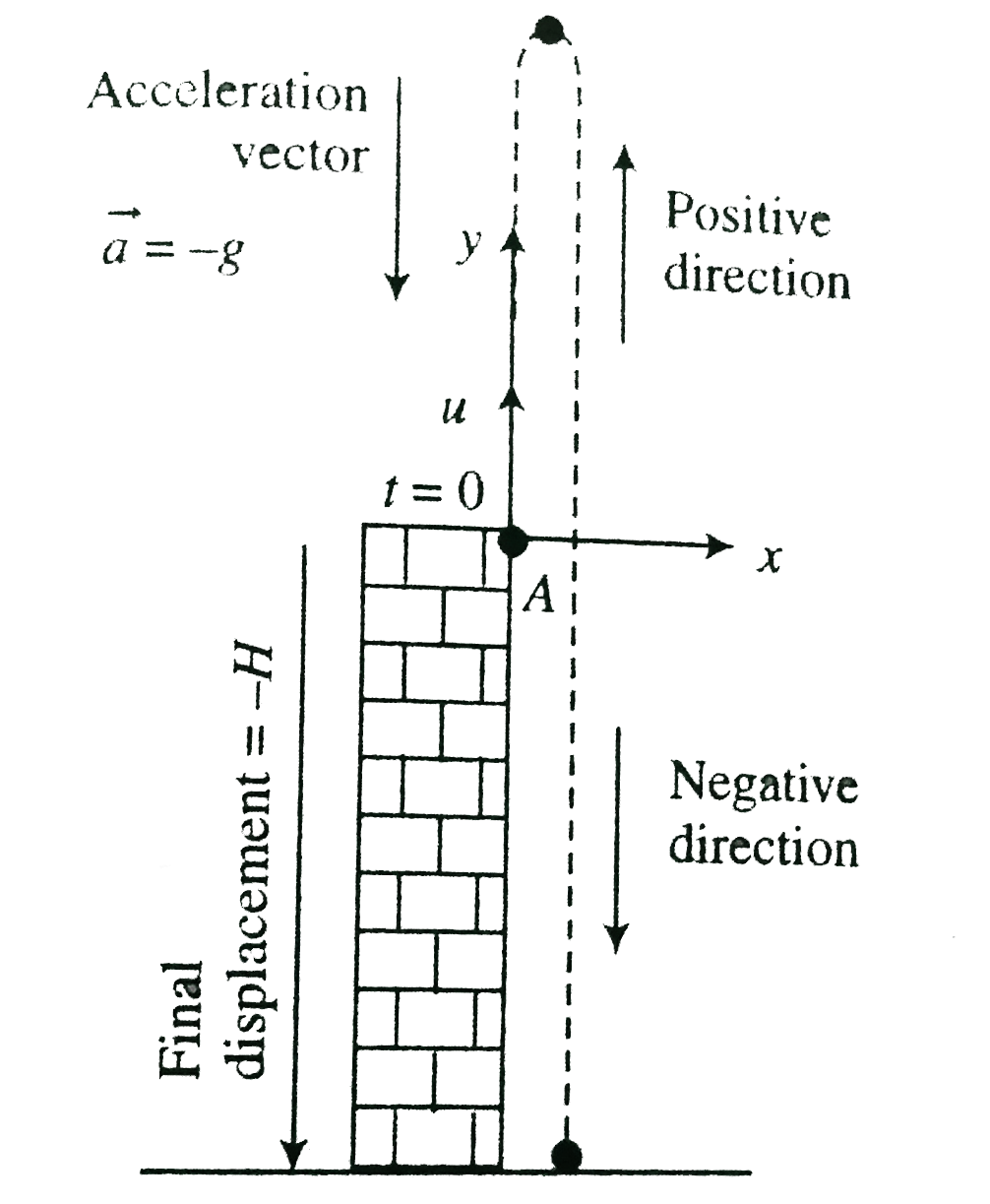 .
.
The particle moves in gravitational field where acceleration due to gravity is always acting at downward direction whether it is moving upward or downward.
Hence, acceleration vector →a will always be −10ms2, as its marnitude as well as direction remain constant always throughout the motion.
Hence, acceleration →a=−10ms−2
Initially at t=0, the oartucke is prouected in upward direction.
Hence, initial vellocity →u=10ms−1
The particle moves from A to B (upward) and then B to C (upwnward).
The motion of the particle from A and B then again passes point A. The net displacement of the particle upto this instant is zero. Then particle crosses Point A and finally reaches to C. We know net displacement is wqual to the difference of final position vector and initial postition vector. Hence, net displacemecnt of the particle during motion t=5s is −Hm.
Using →s=→ut+12→at2
=(10)×5+12(−10)(5)2=50−125=−75m
Hence, H=75m .
Topper's Solved these Questions
- KINEMATICS-1BOOK - CENGAGE PHYSICS ENGLISHCHAPTER - KINEMATICS-1EXERCISE - Solved Examples
9 Videos
- KINEMATICS-1BOOK - CENGAGE PHYSICS ENGLISHCHAPTER - KINEMATICS-1EXERCISE - Exercise 4.1
17 Videos
- GRAVITATIONBOOK - CENGAGE PHYSICS ENGLISHCHAPTER - GRAVITATIONEXERCISE - INTEGER_TYPE
1 Videos
- KINEMATICS-2BOOK - CENGAGE PHYSICS ENGLISHCHAPTER - KINEMATICS-2EXERCISE - Exercise Integer
9 Videos
Similar Questions
A particle is projected from the ground at an angle such that it just clears the top of a polar after t1 time its path. It takes further t2 time to reach the ground. What is the height of the pole ?
View SolutionA particle is projected horizontally with a speed u from the top of plane inclined at an angle θ with the horizontal. How far from the point of projection will the particle strike the plane ?
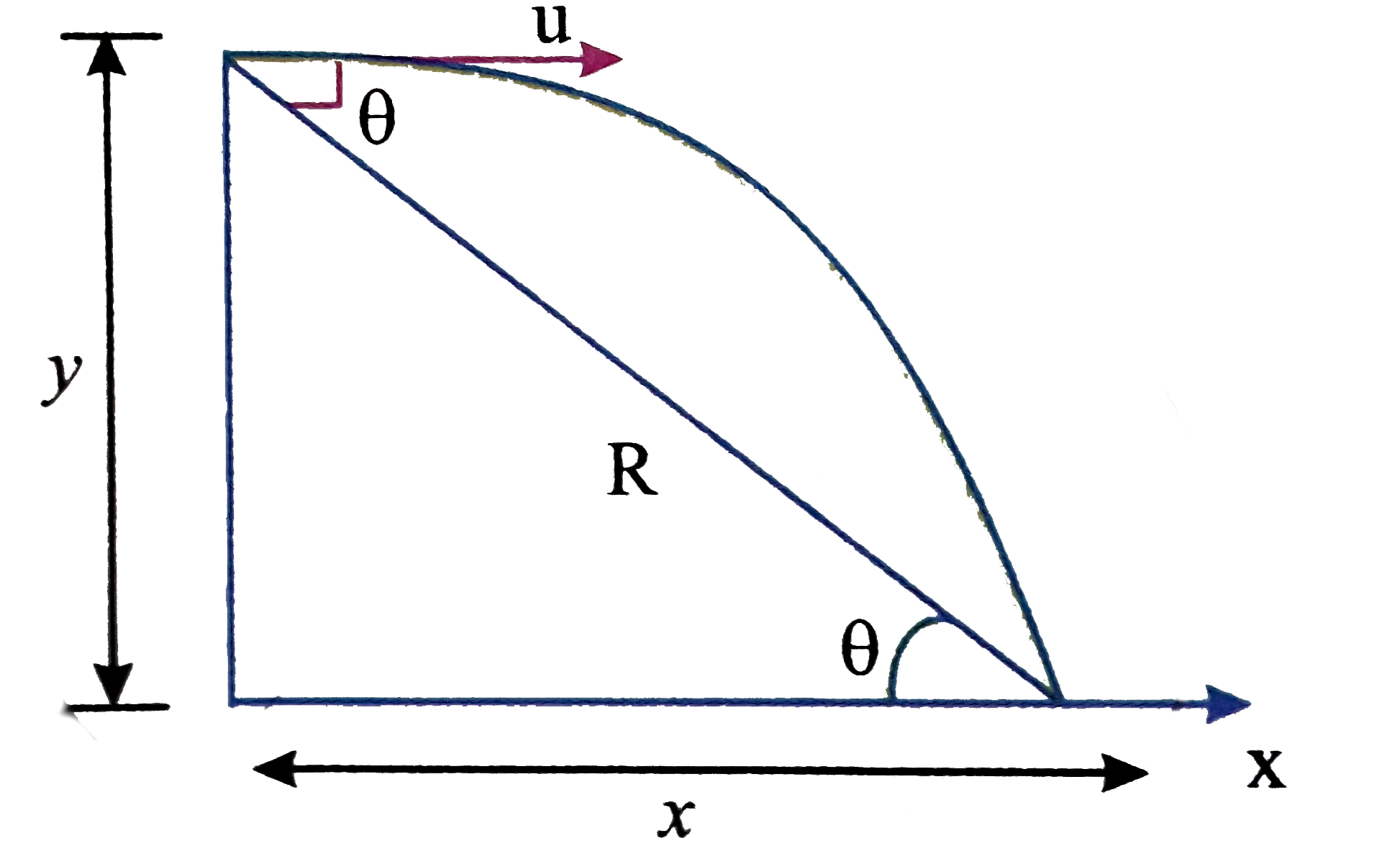
View SolutionA particle is projected with initial velocity u=10m/s from a point ( 10m, 0m, 0m ) m along z-axis. At the same time , another particle was also projected with velocity v(ˆi−ˆj+ˆk)m/s from ( 0m, 10m, 0m). It is given that they collide at some point in the space . Then find the value of v. [→g=10m/s2(−ˆk)]
View SolutionA particle A is projected with an initial velocity of 60m/s at an angle 30∘ to the horizontal. At the same time a second particle B is projected in opposite direction with initial speed of 50m/s from a point at a distance of 100 m from A. If the particles collide in air, find (a)the angle of projection α of particle B, (b) time when the collision takes place and (c) the distance of P from A, where collision occurs. (g=10m/s2)
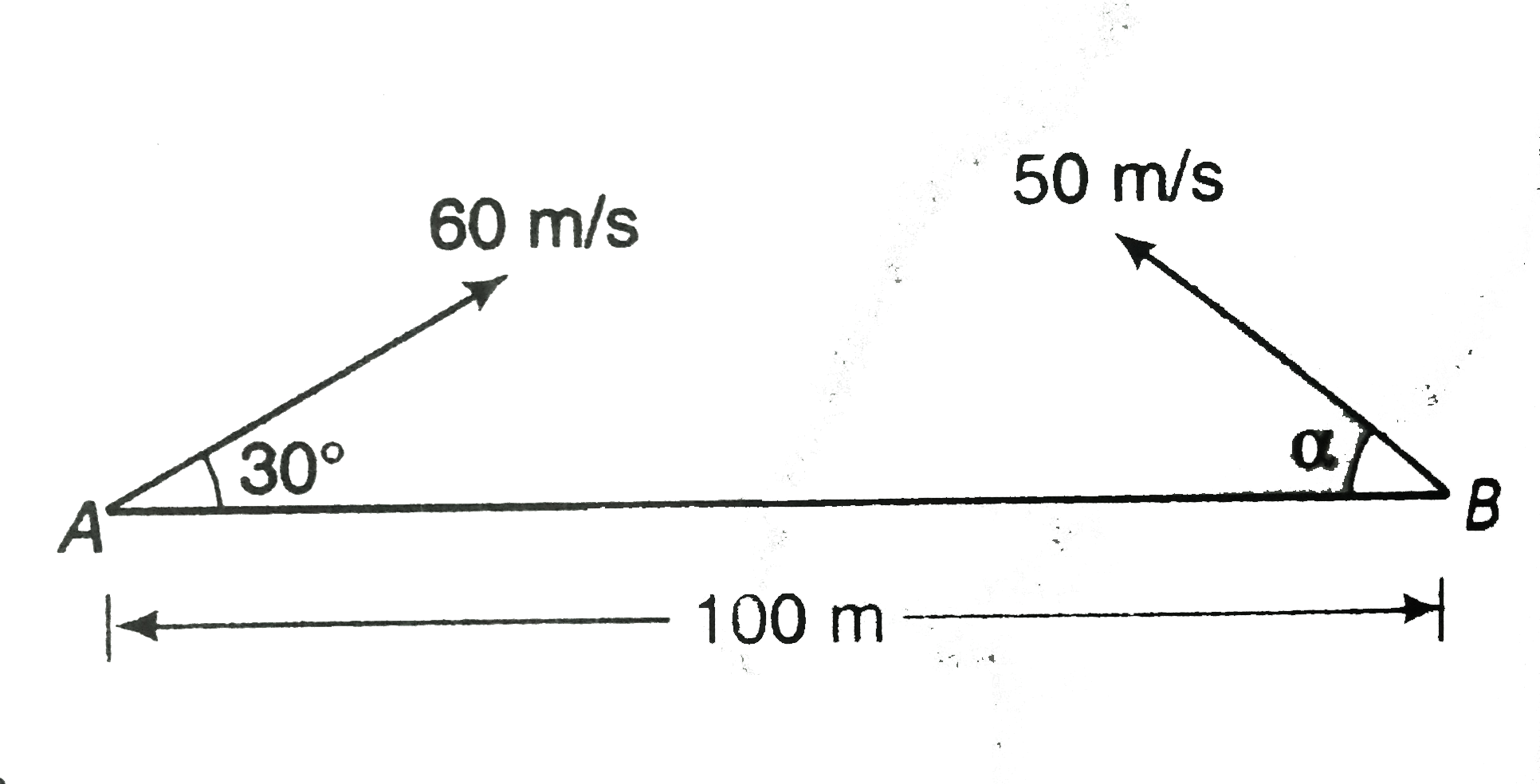
View SolutionA particle is projected with a velocity 10 m//s at an angle 37∘ to the horizontal. Find the location at which the particle is at a height 1 m from point of projection.
View SolutionA particle is projected vertically up from the top of a tower with velocity 10m/s. It reaches the ground in 5s. Find -
(a) Height of tower
(b) Striking velocity of particle at ground
(c ) Distance traversed by particle.
(d) Average speed & average velocity of particle.
View SolutionA particle moves vertically with an upwards initial speed v0=10.5ms−1. If its acceleration varies with time as shown in a-t graph in figure, find the velocity of the particles at t = 4s.
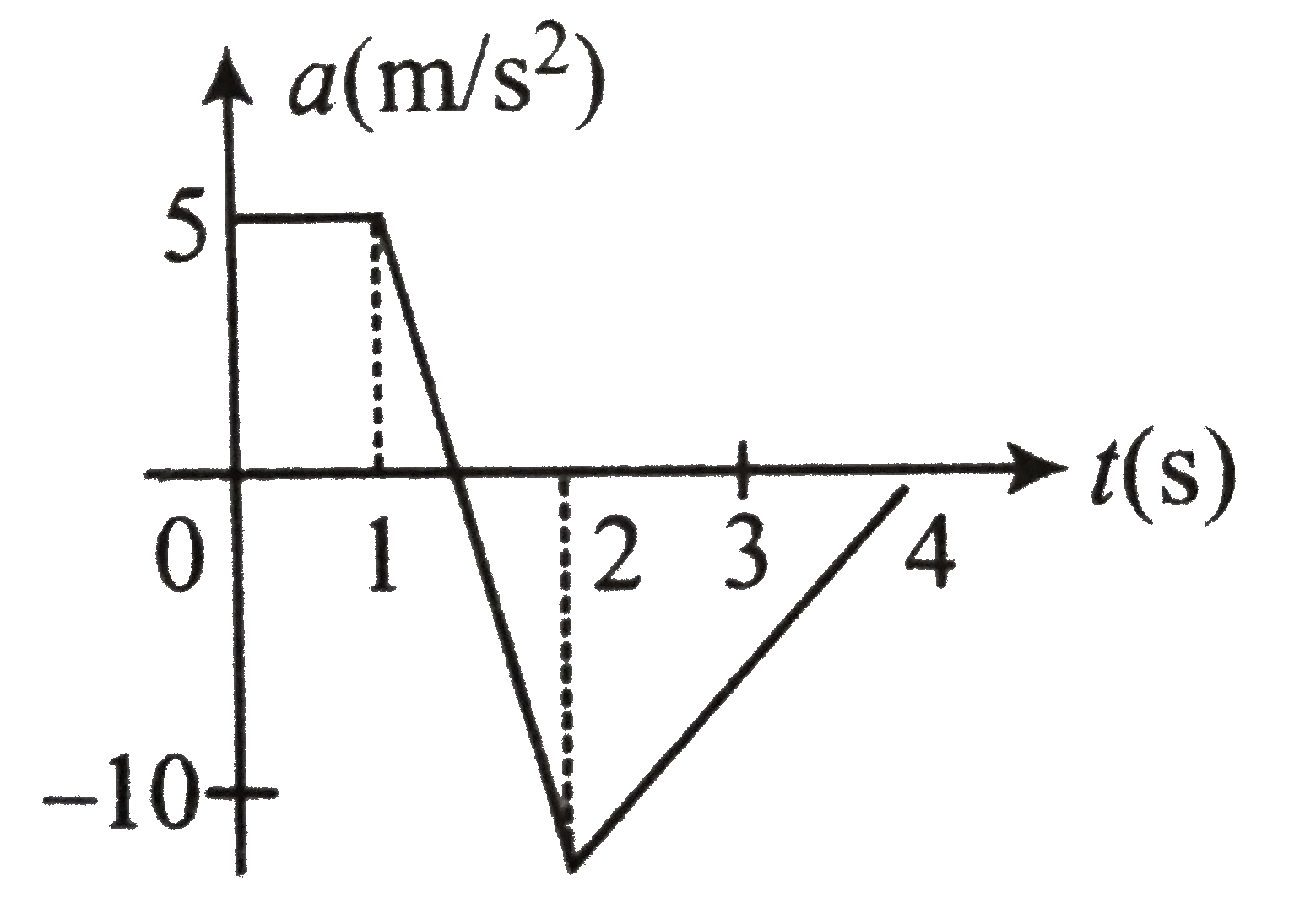
View SolutionA particle is projected from a tower of height 25 m with velocity 20√2m/s at 45∘. (a) Find the time when particle strikes with ground. (b) The horizontal distance from the foot of tower where it strikes. (c) Also find the velocity at the time of collision.
View SolutionA particle is projected with speed 10m/s at angle 60∘ with the horizontal. Then the time after which its speed becomes half of initial.
View SolutionA particle is thrown vertically up from the top of a building of height 20m with initial velocity u. A second particle is released from the same point 1 second later. If both particles reach the ground at the same instant ,3u=m/s. [Takeg=10m/s2]
View Solution
